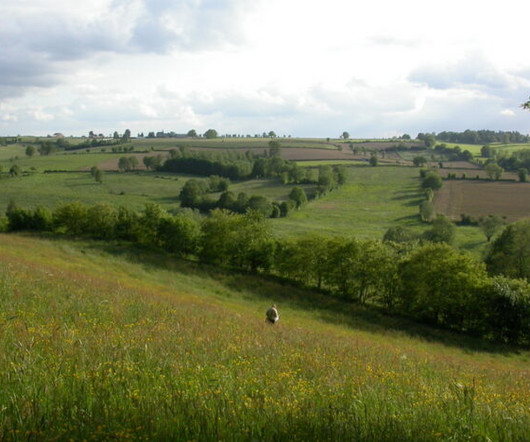The Fifth National Climate Assessment: Implications for Agriculture
National Sustainable Agriculture Coalition
JANUARY 17, 2024
For example, increasing aridity in the Southwest and increasingly wet conditions throughout the northeast regions of the country–from the Midwest through New England–are likely to challenge crop and livestock production. In response, the chapter centers agroecological solutions like enhanced soil health and diversified landscapes.











Let's personalize your content